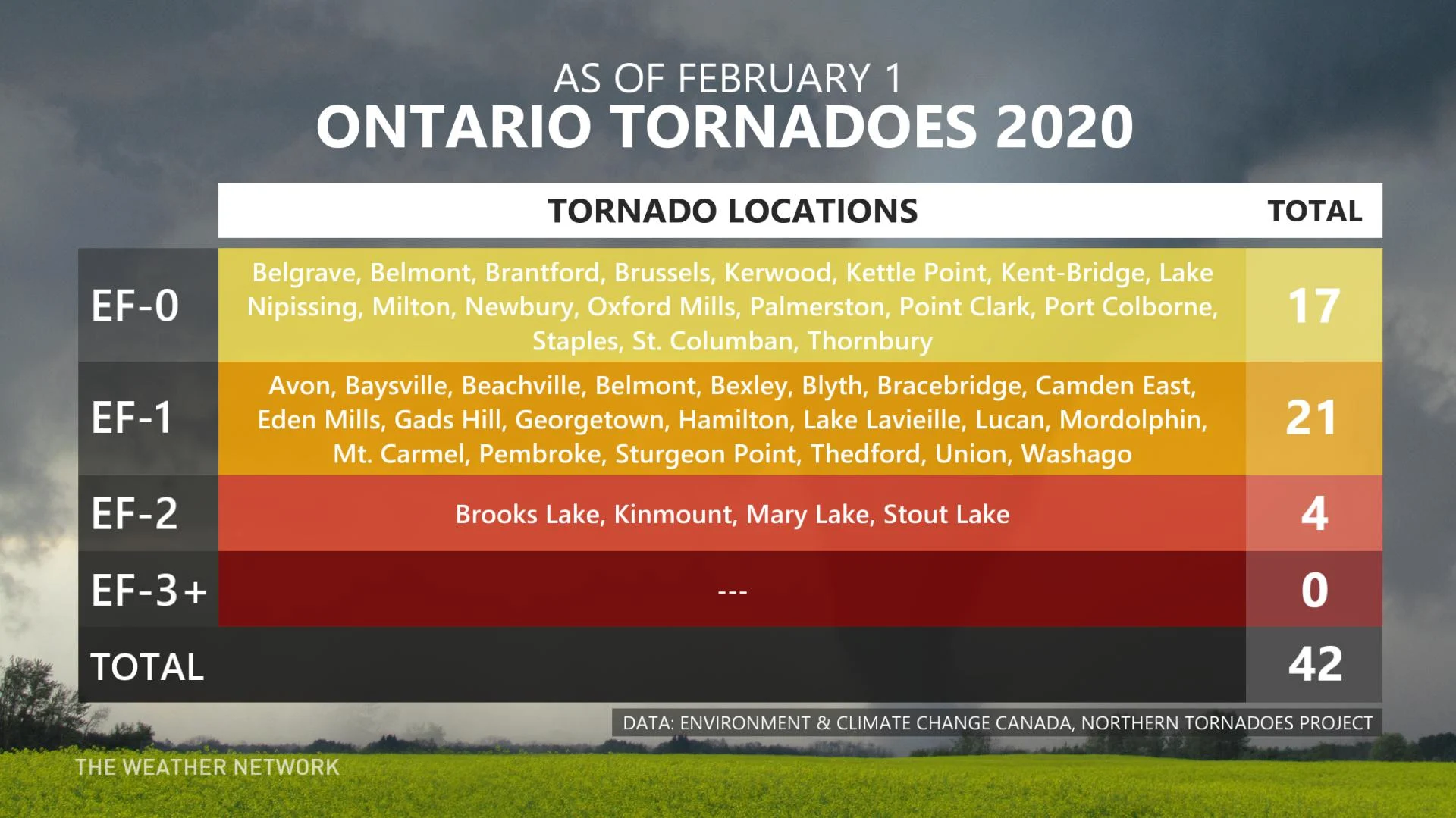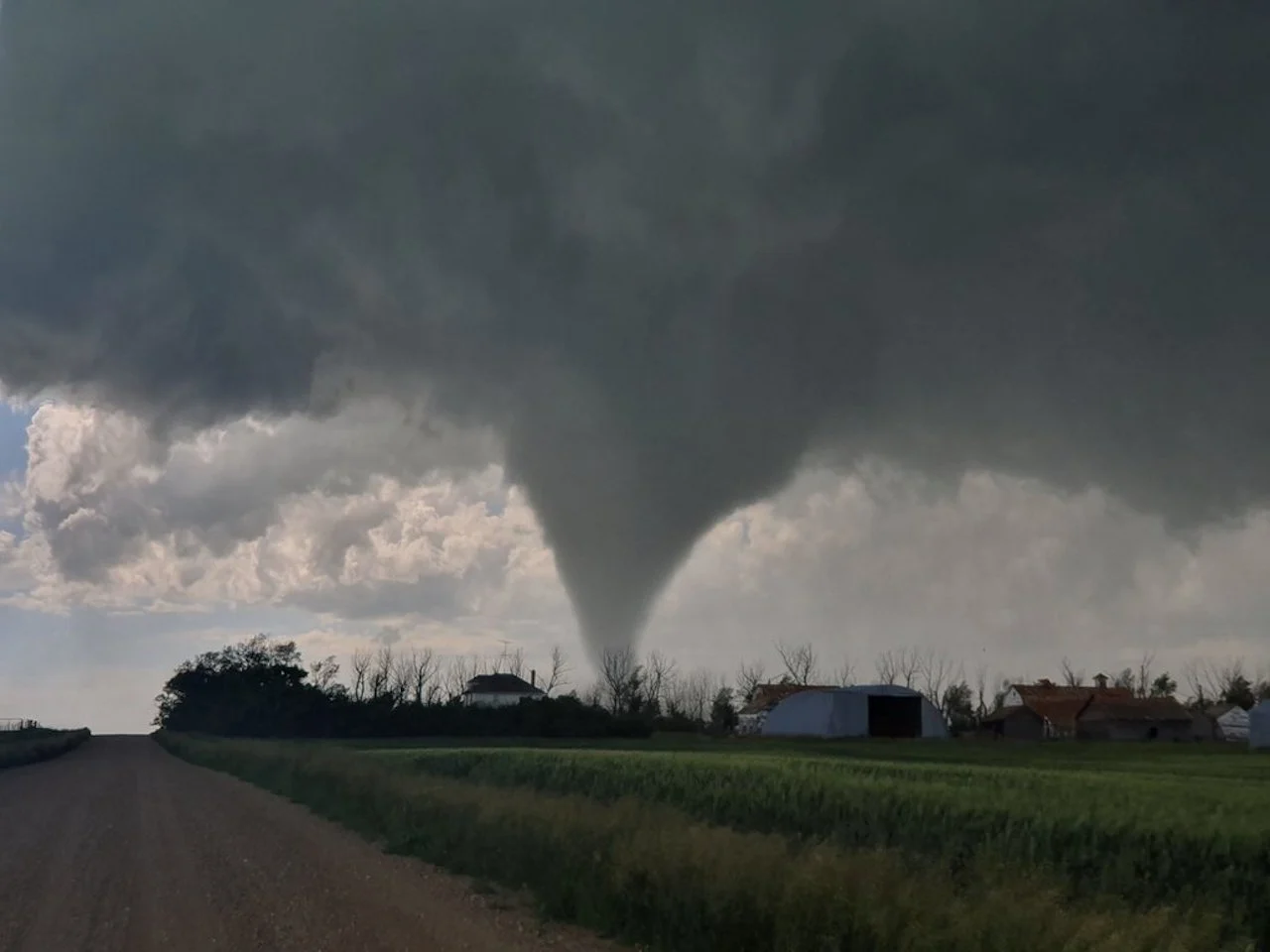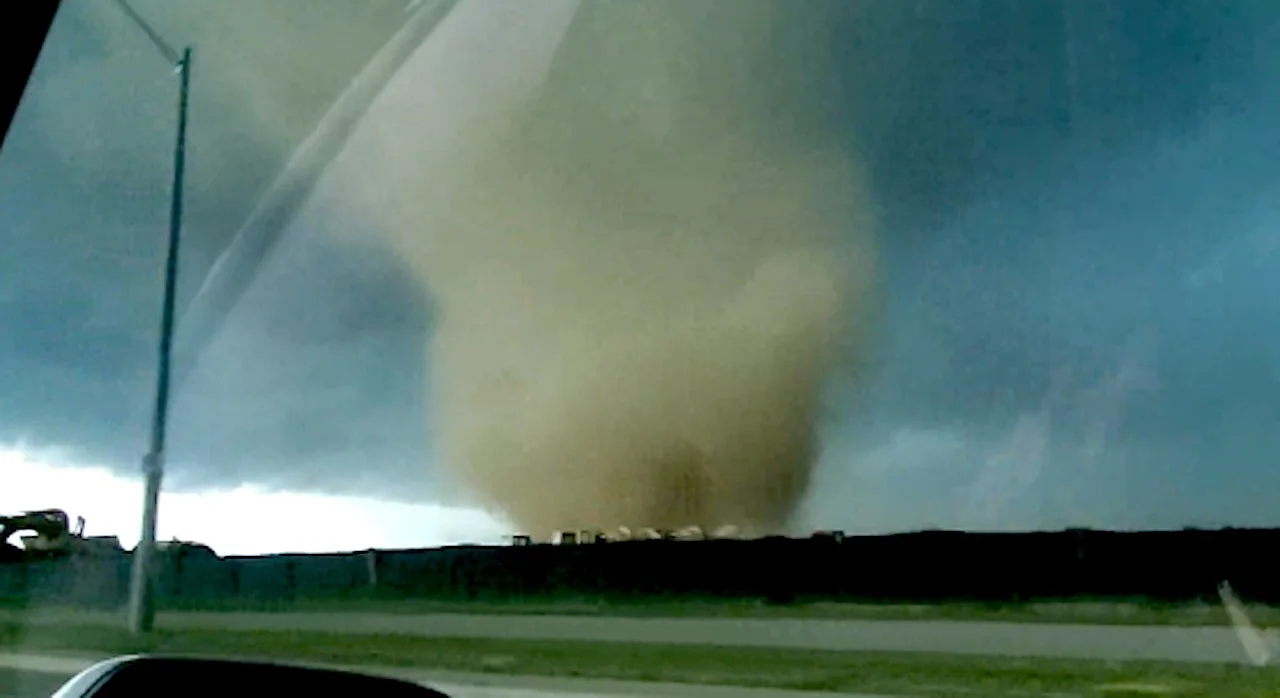
Canada saw 77 tornadoes in 2020, Ontario set new record
While the rest of Canada experienced a quiet tornado season in 2020, Ontario documented 42 twisters, accounting for more than half of the national total last year and setting a new provincial record.
While 2020 was a quiet year for tornadoes across most of Canada, Ontario bucked the trend and was quite active, record-breaking even.
The Northern Tornadoes Project (NTP), based at Western University, conducted 409 severe weather investigations in 2020, verifying 77 tornadoes across Canada -- of which, 42 were in Ontario. The group was able to increase the confirmation count by a whopping 166 per cent using advanced methods. The findings were revealed in a press release issued last month.
Southern Ontario saw most of the province’s twisters in 2020. The tally of 42 broke Ontario’s previous yearly record of 37 set in 2009, according to NTP executive director David Sills, who was recently interviewed by Weather Network Storm Hunter and meteorologist Mark Robinson.

“Ontario broke a record for tornadoes, and yet at the same time, it was also a quiet year for tornadoes across the rest of Canada,” says Robinson.
NATIONAL AVERAGE MAY NOT REFLECT TRUE COUNT
If comparing Ontario’s 2020 count to a national average, Sills said that figure, a little more than 61 per year, is based on almost 30 years of data collected from 1980-2009.
He was quick to point out that the average isn’t a true reflection of the actual number of tornadoes Canada may see every year, and in fact, it could be much higher.
“That’s what we would normally expect, but we know that number is low because a lot of tornadoes don’t get detected. So, we are trying to detect more tornadoes. There’s been some studies that show, maybe, that’s only a third of the tornadoes that actually happen in Canada,” said Sills.
In acknowledging that, there are certain locales in Canada that tend to have higher frequencies of tornadoes each year including the corridor stretching from Windsor, Ont. to Quebec City, Que. and the southern Prairies, Sills noted.

Tornado south of Glenbain, Sask. on July 4, 2020. Photo: Craig Hilts/@CraigHilts71.
“In fact, southern Saskatchewan should be the place with the most tornadoes per year, and it’s been very quiet since 2017. There haven’t been that many tornadoes there. I would be putting my bets on southern Saskatchewan,” said Sills.
COVID-19 OBSTACLES
Even though the COVID-19 pandemic posed challenges for NTP in damage surveys, the group was able to conduct 292 satellite surveys, 31 ground surveys, 24 drone surveys and four aircraft surveys in 2020.
In a news release, Gregory Kopp, ImpactWX chair in severe storms engineering at Western Engineering, said NTP transitioned swiftly to spartan and often virtual strategies last spring. It relied on a nimble, well-equipped team of experts and investigators, as well as the public, to push forward with its work.
Sills echoed Kopp's comments about the challenges, saying the pandemic played a big factor in investigations during the 2020 tornado season. But a call sent through social and traditional media outlets to citizen scientists asking for help was answered.
“The pandemic definitely limited us in terms of travel and how far we could physically go. Basically, we couldn’t travel any further than a day’s drive due to restrictions on overnight accommodations,” said Sills.

Landspout tornado in Milton, Ont. on July 10, 2020. Photo: Saba Hasan.
“We relied a lot more on remote sensing and social media. Last March, we knew that was going to be the case so we asked people to contribute more in the way of reports and they did.”
The increase in reports from Canadians allowed NTP to vastly expand its user-friendly, open data website in 2020, too.
“Obviously, we want to get out there in the field and experience the damage from severe and extreme weather first-hand but that just wasn’t possible in 2020,” said Kopp. “We really want that to change in 2021, but if it doesn’t, we’ve pivoted well, strengthened our team, and we are still able to produce fantastic results despite the restrictions of COVID-19."
The 2019 season was NTP’s first full investigative effort, with researchers systematically collecting tornado data across Canada. Up to 2019, NTP found 89 tornadoes that otherwise would not have been identified -- increasing the national tornado count in 2019 by 78 per cent.
The Northern Tornadoes Project began at Western University, in 2017, using a unique new method of locating tornadoes in northern Ontario. Since then, the project has grown as the organizers formed partnerships, including with Pelmorex-owned The Weather Network, allowing the group to expand its search, coast to coast.
Thumbnail courtesy of Mike Smith. Captured in Ontario's Kawartha Lakes region in June 2020.
